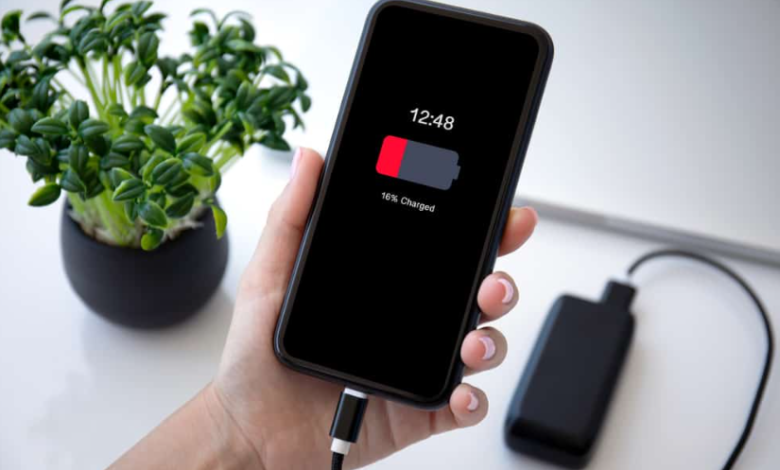The Hidden Electrical Issues That Drain Your Battery Overnight

Few things are more frustrating than hopping into your car in the morning, turning the key, and hearing nothing but a dull click. A dead battery often seems to strike out of nowhere, leaving you stranded and scratching your head. While batteries naturally lose charge over time, an overnight drain usually points to a hidden electrical issue lurking beneath the surface. The good news is that most of these problems can be found — and prevented — once you know what to look for.
When a Battery Drain Isn’t Just Old Age
Car batteries don’t last forever — most have a lifespan of around three to five years. As they age, their ability to hold charge decreases, especially in extreme heat or cold. But if your battery is relatively new and it keeps dying overnight, the culprit is likely an electrical fault.
Modern vehicles are filled with electrical systems that draw small amounts of power even when the engine’s off — clocks, alarms, computers, and memory functions all rely on a constant trickle of energy. However, when something goes wrong, a “parasitic draw” can develop. That means power is being used when it shouldn’t be, silently draining the battery while your car sits parked.
In many cases, finding the source of the problem requires the trained eye of an automotive electrician Marrickville, who can perform diagnostic tests to pinpoint what’s causing the power loss. But even without professional tools, understanding the common culprits can help you identify — and possibly fix — the issue before it leaves you stranded again.
1. Faulty Alternator Diodes
Your alternator does more than just charge your battery while driving — it also keeps electrical systems running smoothly. Inside it are components called diodes, which convert AC current into DC current so it can charge the battery.
When a diode goes bad, it can cause a reverse current leak that continues even when the engine is off. Essentially, instead of charging your battery, the alternator begins drawing power from it.
Symptoms of a bad diode include dim or flickering lights, strange whining noises from the alternator, or a battery that drains rapidly overnight. If you notice these signs, it’s important to have the alternator tested. Replacing the diode (or the entire alternator) is the only long-term fix.
2. Interior Lights That Don’t Turn Off
You might not notice it during the day, but an interior light staying on overnight is one of the most common and preventable causes of a flat battery. This includes dome lights, glove box lights, boot lights, and even vanity mirror lights.
A faulty switch or misaligned door sensor can keep these lights on even when the doors are closed. The problem is especially sneaky because interior lights don’t draw much power individually — but left on for hours, they can easily drain your battery.
Before locking up for the night, take a quick look inside your car to make sure no small lights are glowing. It’s a simple habit that can save you a lot of hassle.
3. Aftermarket Accessories Drawing Power
Installing aftermarket gear like dash cams, stereos, alarms, or GPS trackers can enhance your driving experience, but if wired incorrectly, they can wreak havoc on your electrical system.
Many of these devices need a constant power source to retain memory settings, which is fine when they draw minimal current. However, if they’re connected directly to the battery rather than an accessory circuit that shuts off with the ignition, they can continue running all night.
If you’ve recently installed new electronics and your battery has started dying since then, that’s a strong clue. Unplug the accessory overnight to see if the issue disappears. If it does, have it reinstalled properly by a professional to prevent ongoing drains.
4. Corroded or Loose Battery Connections
Sometimes the issue isn’t an electrical fault at all but a simple case of poor contact. Corrosion on the battery terminals or loose cable connections can prevent the alternator from charging the battery properly.
When that happens, your battery never reaches a full charge, making it seem like it’s draining overnight when it’s really just running on empty.
Check your terminals for a white or bluish powdery residue — that’s corrosion. You can clean it gently with a wire brush and a mix of baking soda and water. Be sure to tighten any loose connections and apply a protective spray or petroleum jelly to prevent further corrosion.
5. A Malfunctioning Relay or Module
Modern vehicles rely heavily on electronic control modules and relays to operate everything from windows and wipers to air conditioning and fuel pumps. These systems are supposed to shut off when you turn off the ignition, but a stuck relay or malfunctioning module can continue drawing power.
For example, a faulty fuel pump relay might keep running even after you remove the key. Similarly, some car computers may fail to enter “sleep mode,” keeping sensors and circuits active long after the engine’s off.
If your car’s battery keeps dying despite all lights being off, a rogue relay or computer module could be to blame. These issues can be tricky to diagnose without proper testing equipment, so it’s best to get a qualified technician involved.
6. Faulty Door or Boot Switches
If you’ve ever noticed your “door open” light flickering while driving, you might have a worn or damaged door switch. These switches are designed to cut power to interior lights and alerts once the doors or boot are closed.
When they fail, they can cause those lights to stay on — or worse, they can intermittently drain the battery without triggering any visible warning.
Gently press each switch by hand and listen for a click. If one feels loose or unresponsive, it may need to be replaced.
7. The Infamous Parasitic Draw
A “parasitic draw” is the technical term for any unwanted electrical drain on your battery. While all vehicles have a small, acceptable draw (usually under 50 milliamps) for maintaining essential systems like security and memory functions, anything beyond that can cause trouble.
Finding the source involves a step-by-step process using a multimeter. By disconnecting the negative battery cable and measuring current flow, you can identify whether there’s an excessive draw. Then, by pulling out fuses one by one, you can narrow down which circuit is responsible.
It’s a meticulous job, but once you find the offending circuit, you’ll know exactly where the problem lies — whether it’s a faulty switch, sensor, or accessory.
8. Environmental Factors and Short Trips
Sometimes the issue isn’t electrical at all, but behavioural. Short trips don’t give your alternator enough time to recharge the battery after starting the car, especially if you use power-hungry features like heaters, lights, and infotainment systems.
Cold weather also makes batteries work harder, as chemical reactions slow down in low temperatures. Combine that with long periods of inactivity, and your battery can quickly lose charge even without a fault.
If you mostly take short drives, consider using a battery maintainer or trickle charger to keep your battery healthy. It’s an inexpensive way to prevent unexpected breakdowns.
See also: Dental Innovations: Pioneering Techniques for a Healthier Smile
Preventing Future Battery Drain
Once you’ve solved the problem, a few habits can help prevent it from returning:
- Turn off all lights and accessories before switching off the engine.
- Unplug chargers or devices when not in use.
- Drive regularly to keep the battery charged.
- Have your charging system tested during routine servicing.
- Replace your battery every few years before it fails completely.
Maintaining your car’s electrical health isn’t just about avoiding dead batteries — it also protects delicate electronic components from damage caused by low voltage.
Hidden electrical issues can be sneaky, but they’re rarely mysterious once you know where to look. Whether it’s a faulty light, a worn switch, or an aftermarket gadget that’s constantly drawing power, identifying the source early can save you from countless jump-starts and unnecessary battery replacements. By paying attention to small changes in your car’s performance — and giving your electrical system the occasional check-up — you’ll keep your vehicle reliable, efficient, and ready to start every morning without fail.





